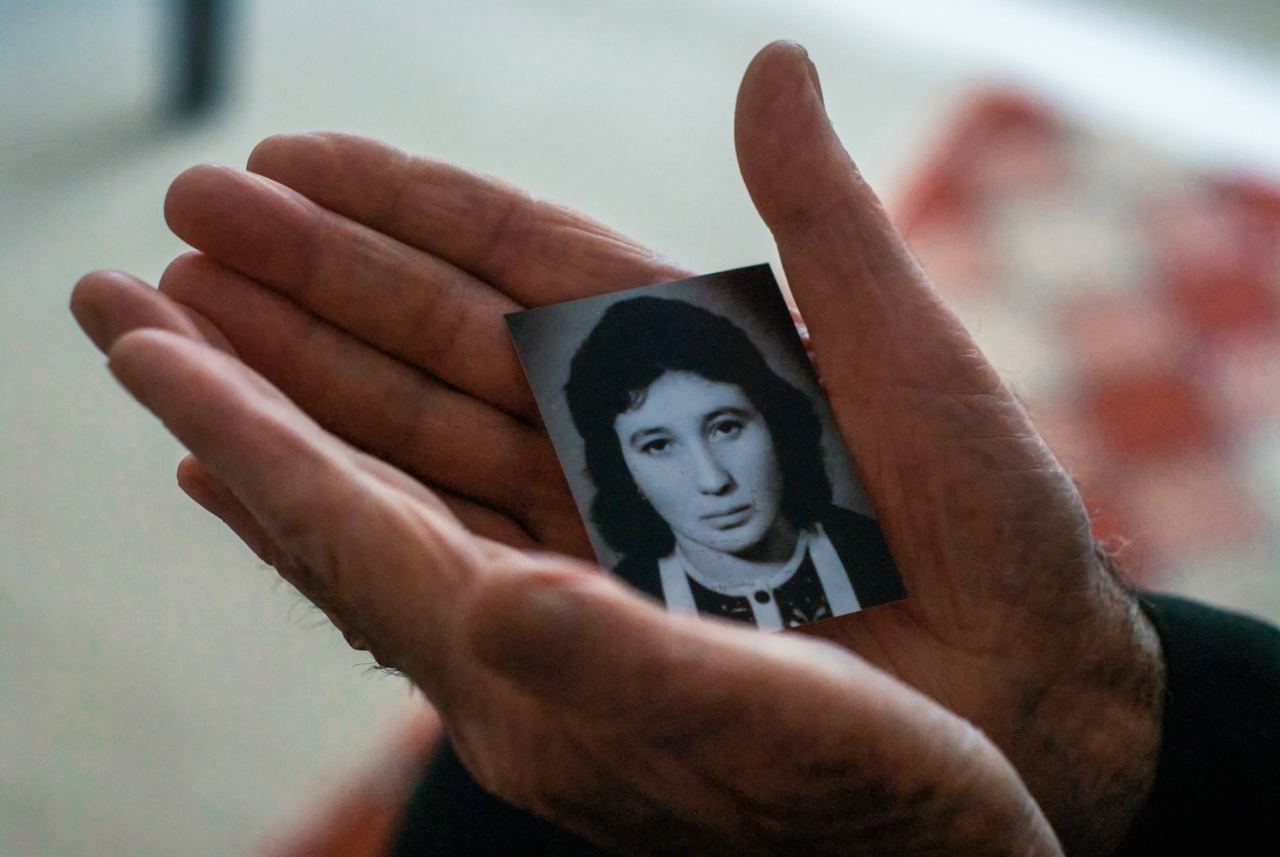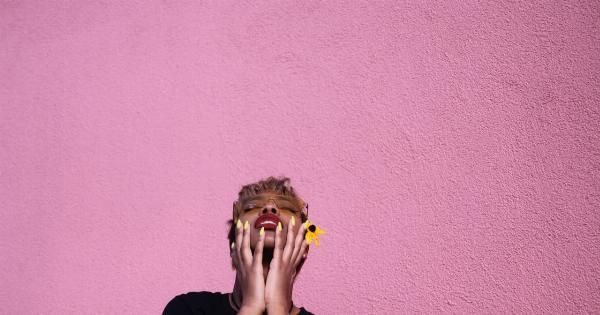Body image concerns have become increasingly prevalent in today’s society, affecting individuals of all ages and genders.
While much research has focused on the impact of body image on mental health and well-being, there is a growing interest in understanding how age influences these concerns in both men and women. This article explores the role of age in body image concerns, highlighting the unique experiences and challenges faced by individuals as they navigate different stages of life.
1. Body Image Concerns in Adolescence
Adolescence is a crucial period for the development of body image concerns, as individuals undergo significant physical and psychological changes. During this time, both boys and girls may experience heightened self-consciousness about their appearance.
Research suggests that girls tend to be more dissatisfied with their bodies compared to boys, often striving for unrealistic ideals portrayed in the media. On the other hand, boys may feel pressure to conform to societal expectations of muscularity.
2. Body Image Concerns in Young Adulthood
In young adulthood, individuals continue to grapple with body image concerns while also navigating societal expectations and life transitions. For women, factors such as pregnancy, childbirth, and aging can significantly impact body image.
The pressure to regain pre-pregnancy bodies or maintain youthful appearances can lead to heightened dissatisfaction. Men, too, may experience body dissatisfaction as they strive for the “ideal” masculine physique associated with strength and muscularity.
3. Body Image Concerns in Middle Age
As individuals enter middle age, body image concerns may shift due to the aging process. Women often face societal pressures to maintain youthfulness and may experience dissatisfaction with signs of aging such as wrinkles and sagging skin.
Men, too, may struggle with changes in body composition and the desire to maintain a youthful appearance. The perception of physical decline in middle age can contribute to body dissatisfaction and a decline in self-esteem.
4. Body Image Concerns in Older Adults
While body image concerns are often associated with youth, they are not limited to younger age groups. Older adults may experience unique challenges related to body image as they confront age-related changes.
For women, societal expectations of beauty and youthfulness can persist even in later life, leading to dissatisfaction with their physical appearance. Men, too, may feel the pressure to maintain a fit and muscular physique despite the natural decline in muscle mass and strength associated with aging.
5. The Influence of Media and Culture
Media plays a significant role in shaping societal ideals of beauty, often perpetuating unrealistic standards that can contribute to body image concerns.
As individuals age, they may become more adept at recognizing and resisting these unrealistic ideals. However, media influence remains pervasive and can impact individuals of all ages, contributing to body dissatisfaction and the desire to attain an unattainable ideal.
6. The Role of Social Factors
Body image concerns are not solely influenced by media but are shaped by various social factors as well. Peer comparison, family attitudes, and cultural norms can all impact how individuals perceive their bodies and their level of satisfaction.
These factors may differ across age groups, with younger individuals potentially being more influenced by peers and media, while older individuals are influenced by societal expectations related to aging.
7. The Impact on Mental Health
Body image concerns can have a significant impact on mental health, regardless of age. Research has linked body dissatisfaction to various psychological disorders, including depression, anxiety, and eating disorders.
Women, in particular, have been found to be more vulnerable to these negative psychological outcomes. However, body image concerns in men are also a growing concern and can lead to similar mental health consequences.
8. Promoting Positive Body Image
Addressing body image concerns requires a multifaceted approach that involves individuals, families, schools, and healthcare professionals.
Age-specific interventions and support systems can help individuals navigate the challenges associated with body image concerns at different stages of life. Educating individuals about media literacy, promoting realistic body ideals, and fostering self-acceptance are crucial steps in promoting positive body image.
9. Conclusion
Body image concerns affect individuals of all ages, with unique challenges and experiences at different stages of life.
Adolescents, young adults, middle-aged individuals, and older adults all face societal pressures and expectations that can contribute to body dissatisfaction. Understanding the role of age in body image concerns is essential for developing effective interventions and support systems that promote positive body image and overall well-being.






























